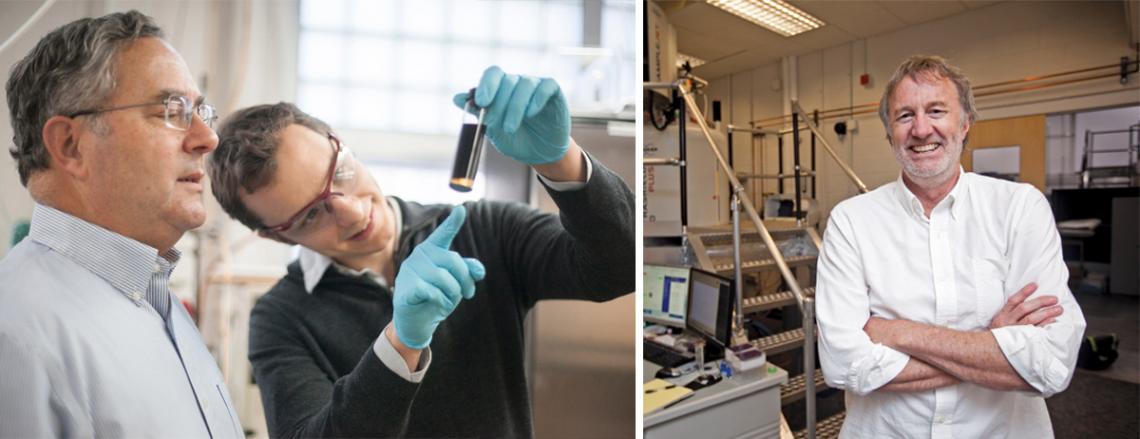
Reducing our reliance on fossil fuels means turning to plant-derived biofuels and chemicals. But producing them cost-effectively from plants and other organic matter – collectively referred to as biomass – is a major engineering challenge. Most biomass comes in the form of non-edible plants like trees, grass, and algae, which contain sugars that can be fermented to produce fuel. But biomass also contains lignin, a bulky, complex organic polymer that fills wood, bark, and generally gives plants rigidity. Because it is difficult to process, lignin is usually discarded during biofuel processing. EPFL scientists have now turned lignin from a nuisance to an important source of biofuel by simply adding a common chemical, converting up to 80% of it into valuable molecules for biofuel and plastics. The patent-pending method, which can be scaled up to industrial levels, is published in Science.